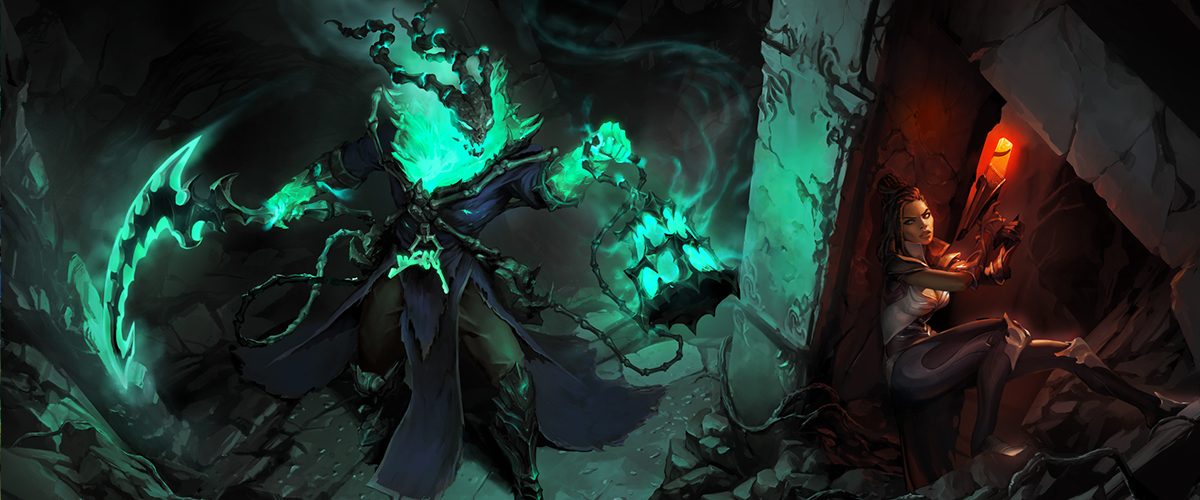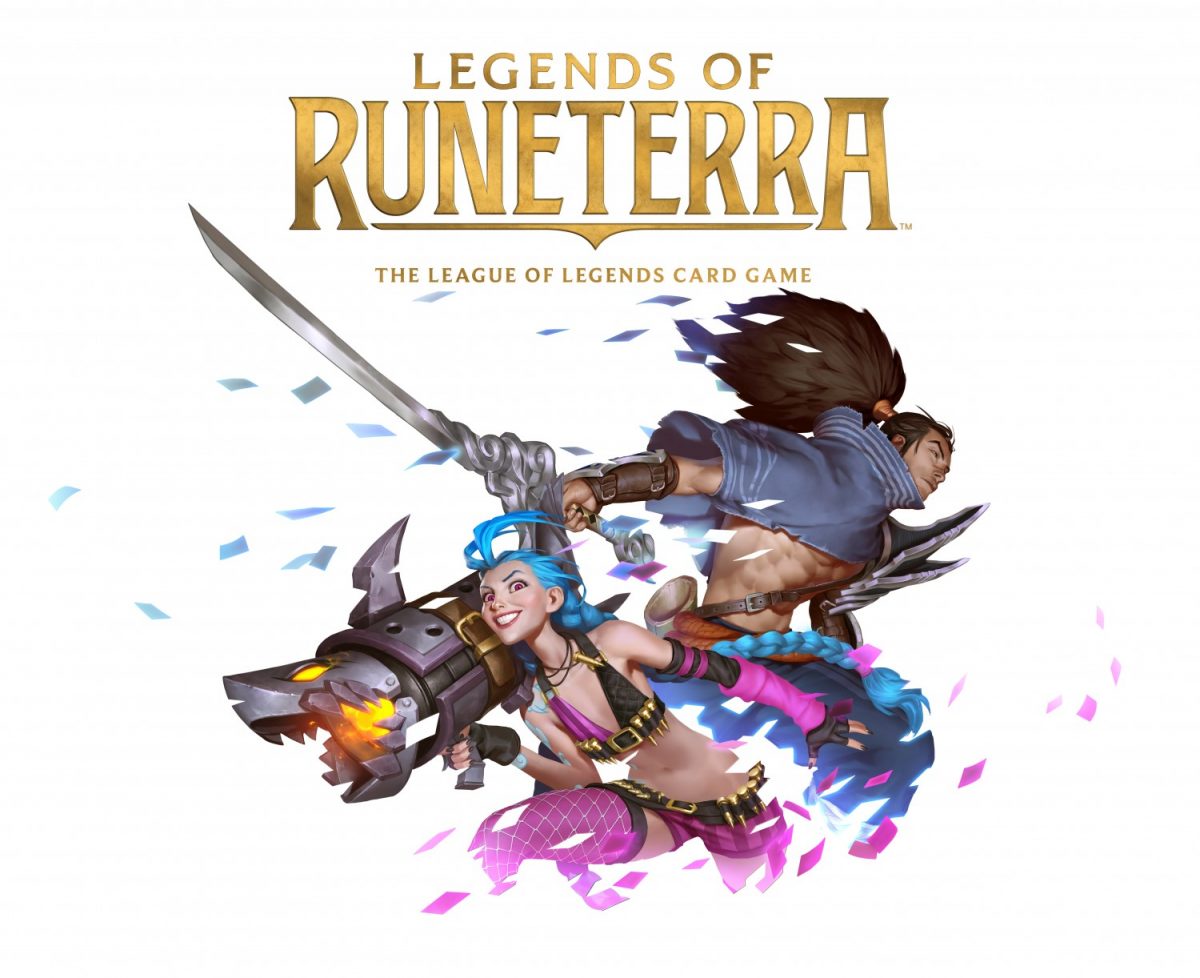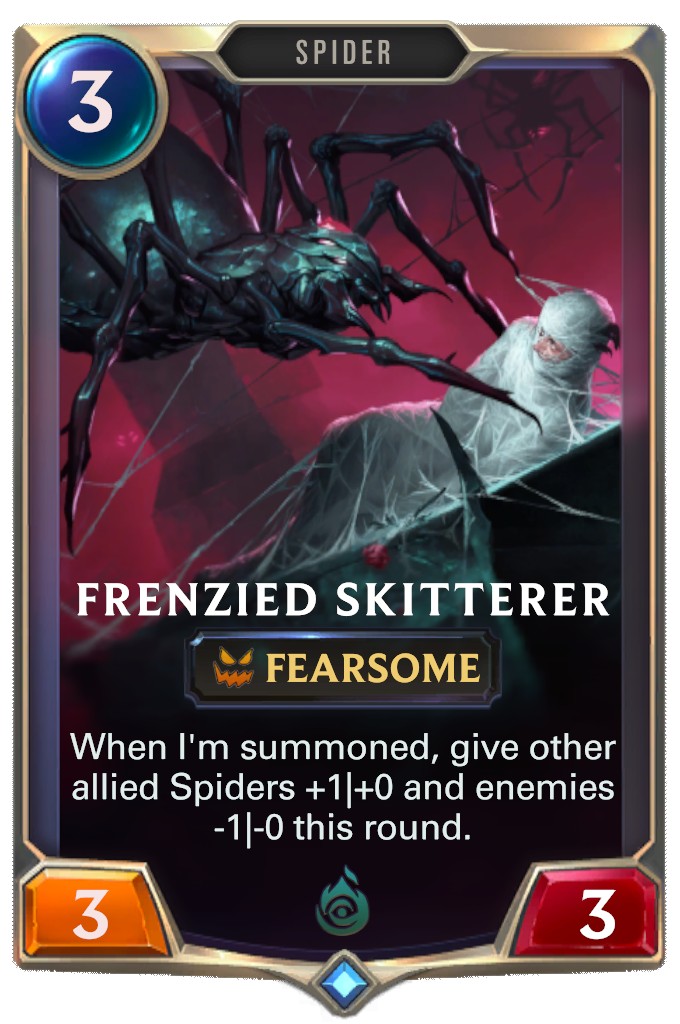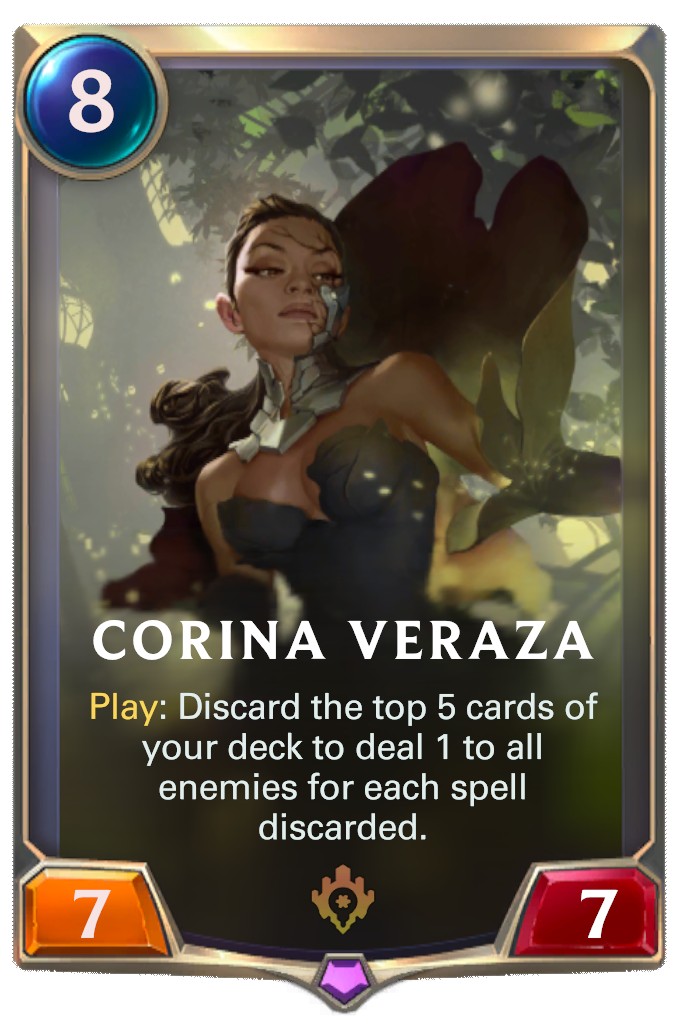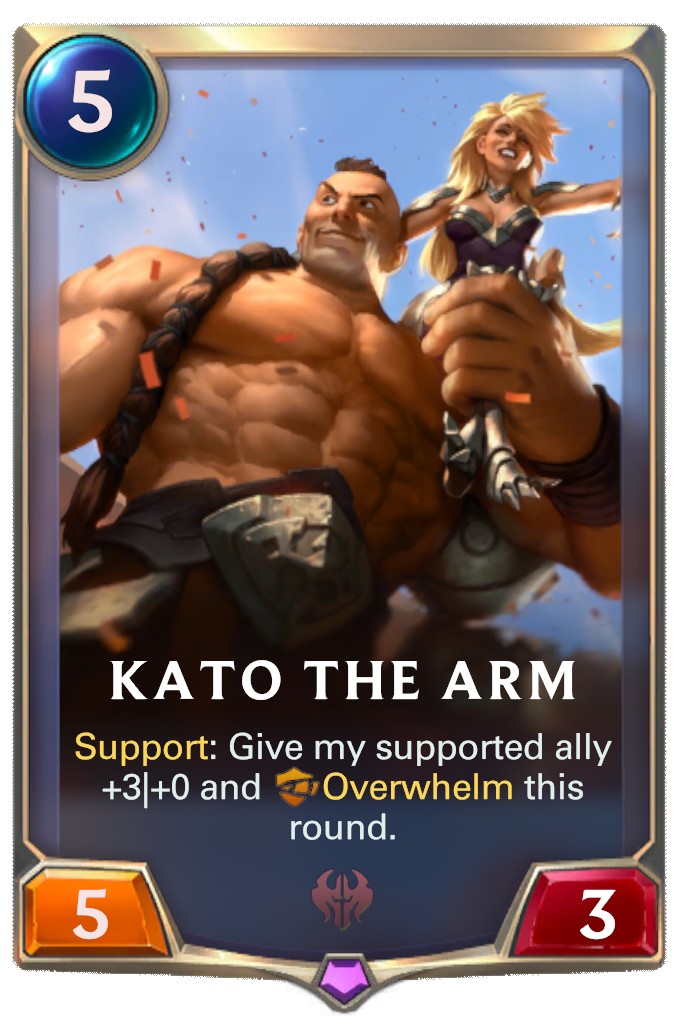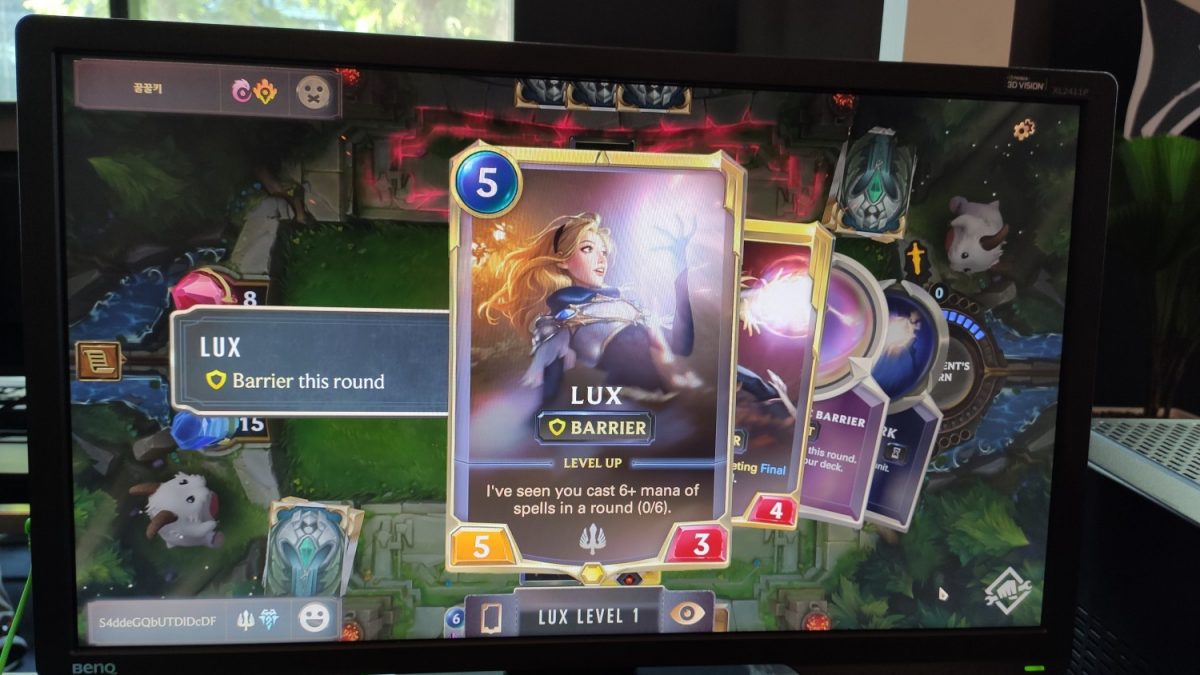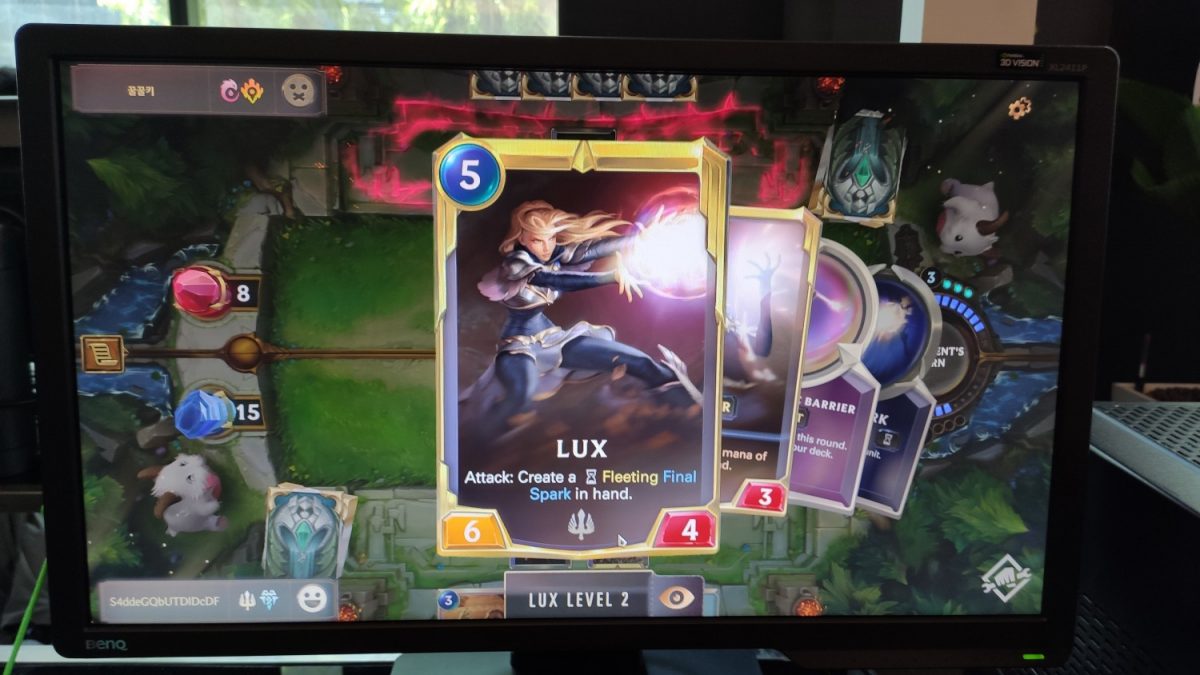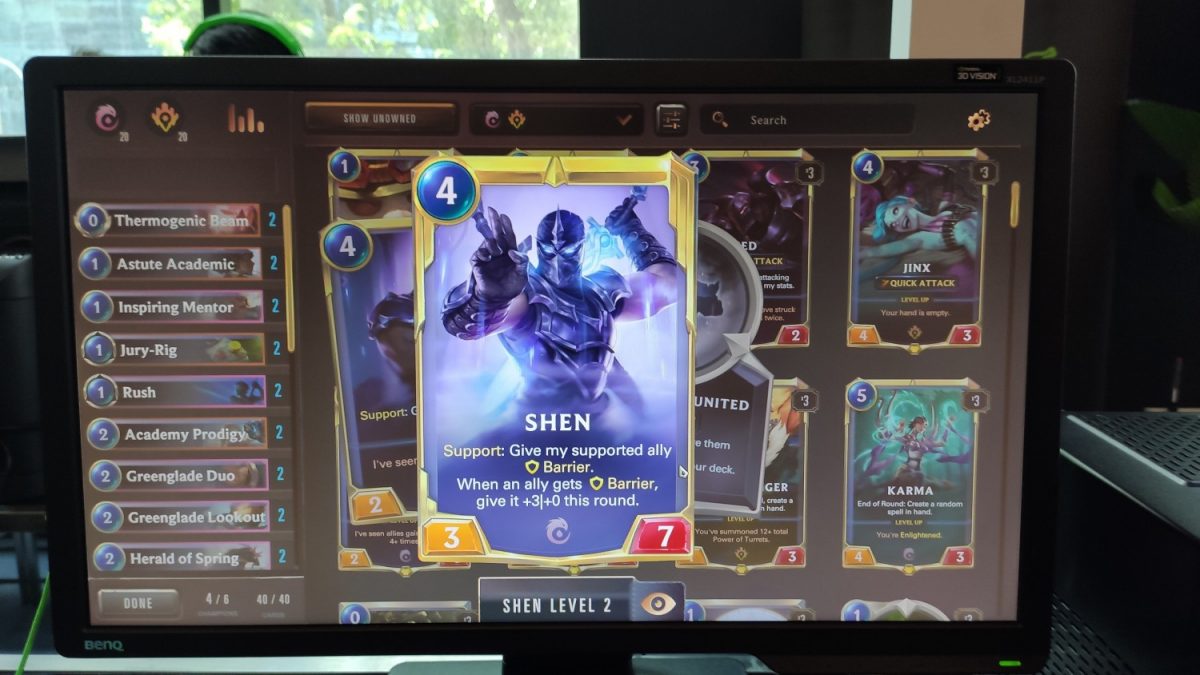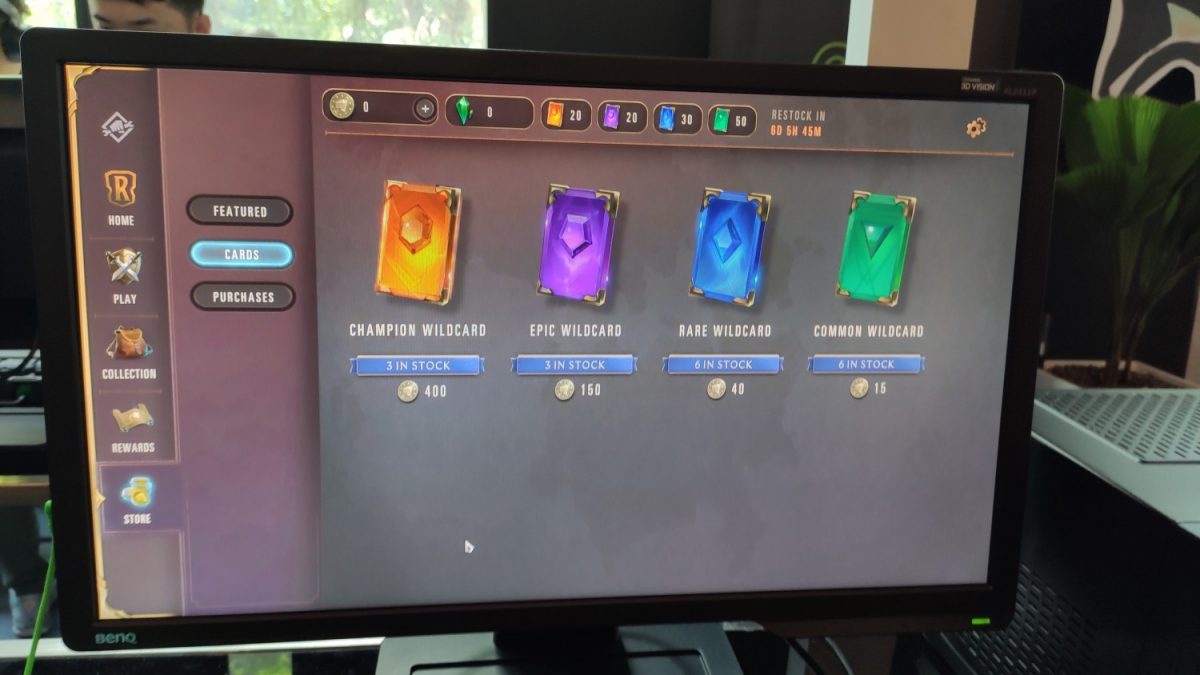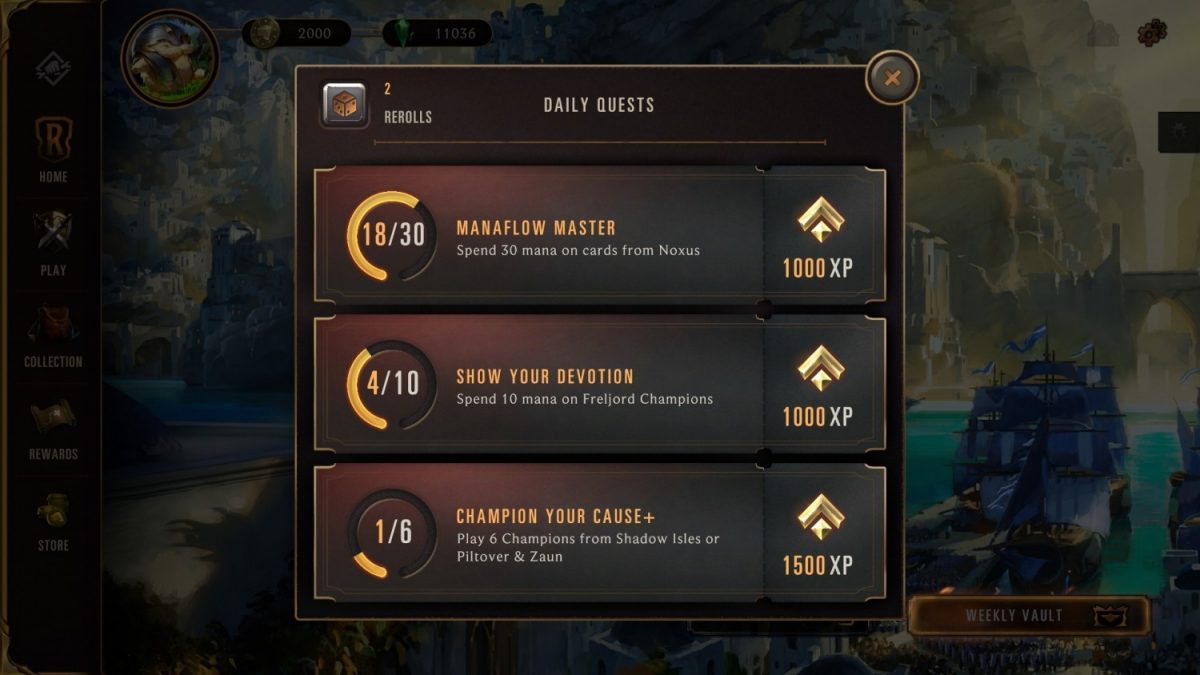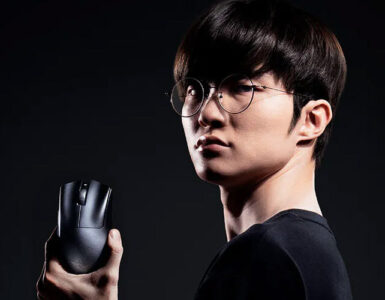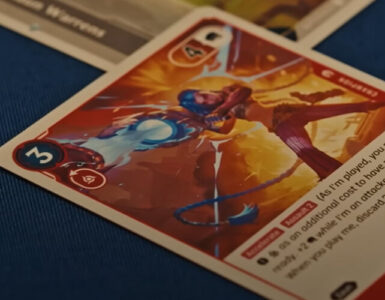The 10th anniversary of League of Legends is no doubt a special occasion for both the folks at Riot Games and its fans. From a burgeoning “DotA clone” back in 2009, to a multi-million-dollar esports franchise, the hugely popular MOBA game is a household name in gaming today.
There is certainly much to be excited for the new champion Senna, the new Elemental Drakes, and the new map overhaul of Summoner’s Rift set to shake up the way the game is played. But we mustn’t forget that Riot dropped a massive payload of new content that will expand upon the 10 years’ worth of lore about the world of Runeterra.
Aside from League of Legends: Wild Rift, Legends of Runeterra was one of the first games that we managed to spend some time with at the Southeast Asian regional event. The card game set in the titular world of Runeterra gives you the chance to play a totally different type of LoL game. With a massive roster of champions, complete with their own individual backstories, a card game based on these now-iconic characters makes perfect sense for the diehard LoL fan and newcomer alike.
Now the main question is, will Legends of Runeterra be the new Hearthstone killer? That’s ultimately up to you decide, once you get to play it, but here are some key points to note from our experience of it.
Disclaimer: The version of LoR we played is still an early build, so gameplay is still subject change according to future updates and patches.
Easy To Pick Up; Not Hard To Master (For Now)
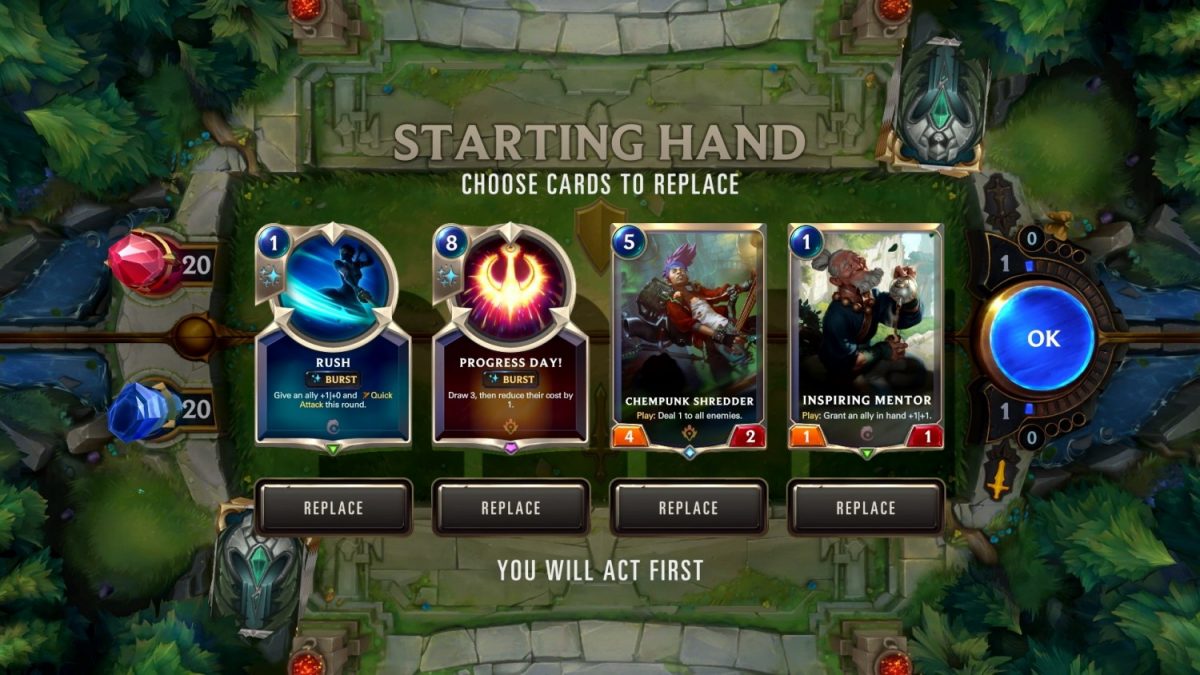
One major flaw in most card games, digital or physical, is that most of them contain a bevvy of options, but without proper guidelines on how to play them. Legends of Runeterra provides a good bit of hand-holding for newcomers to the genre in the various tutorials. They’ll prompt you which cards to use, and explain why certain cards are played at certain times. The likes of Hearthstone and Magic: The Gathering lack that additional step in guiding players the right way with rationale, which is a huge factor in helping one understand the ins and outs of the game mechanics better, and that is where LoR takes the cake.
Furthermore, since each deck is themed around different champions and the regions in Runeterra they hail from, there are tutorials for every single available one (the basic versions of their decks, of course), so you’ll get to familiarise yourself with their individual mechanics, and find the best suit for your playstyle.
The cards themselves come with a bunch of various specific rules, such as Overwhelm, Barrier, and Fast, Burst and Slow spells. Simply right-clicking the card in question, then right-clicking that particular descriptor will open a pop-up that explains what that descriptor does. It certainly streamlines the learning curve, and after a round or two against the relatively easy AI, you’re ready to duke it out with human players.
The only thing that can improve is the layout of the calls to action or indicators to make your next move, as it can sometimes leave one who isn’t as familiar with card games confused, as their eyes will be frantically searching around for what to do next, and the game doesn’t properly prompt you. Otherwise, Legends of Runeterra is relatively simple, while still leaving enough room for skilled players to optimise their decks and playstyles.
Gameplay As Dynamic As Base LoL
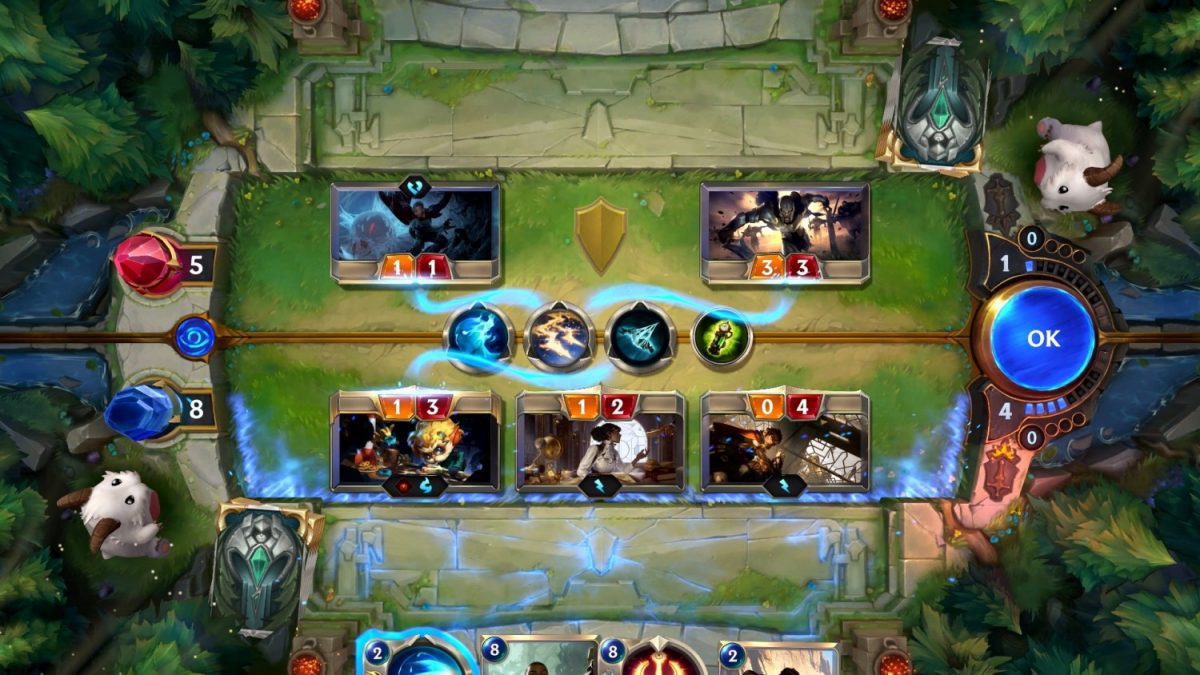
While Legends of Runeterra is a relatively accessible card game, it doesn’t mean it won’t come without strategic depth (after all, that’s what card games are designed for, ultimately). At its core, LoR’s base gameplay loop is similar to that of Hearthstone or MTG, with the simple premise of getting the enemy Summoner’s hit points to zero. Thanks to the game’s dynamic three-turn round, however, diversifies the ways in which you can play, arguably even more so than its competitors.
A typical round is as follows:
- You will either Attack or Defend, and vice versa for your opponent
- Draw card(s) at the start of each turn
- There are four steps in each Attack and Defend phase, which you can potentially mix it up. They are:
- Summon a unit (based on your current available mana)
- Cast a spell (based on your current available mana; Fast are cast before resolving any other actions; Burst are “normal”-time spells; Slow can only be cast when not Attacking or Blocking)
- Deploy units to Attack or Block (this is always the last action of the turn)
- Swop over to Defend or Attack
- Rinse and repeat
It sounds complex, but when you’re playing it, it’s pretty straightforward. It’s a matter of ensuring your units survive the onslaught of attacks before they start attacking, and conversely removing as many enemy units while defending so you can attack Summoner hit points more often.
Since you can change up the order in which you want to play your cards, it then opens up a massive variety of ways to play the game. Prefer to cast spells first? Sure, why not. Want a whole army of units out in a jiff? You can certainly do that, too. This, of course, also means you’ll want to be more careful with which cards you want to play and which you don’t want to play, as sometimes a wrong move can prove costly.
But that’s also the fun in it, as you’ll be constantly thinking on your toes, trying to rethink your strategy, especially if you’re up against a foe who’s the unpredictable sort.
Champion Cards Are Full Of Character
What is a League of Legends game without its massive cast of champions? Champions are about 50% of the reason why many started playing LoL in the first place, and they should provide just as much reason for many to pick up Legends of Runeterra as well.
While the cards and decks themselves are based off of the various major areas in Runeterra (Demacia, Noxus, Ionia, Piltover & Zaun, Freljord, the Shadow Isles), and while gameplay mechanics are typically built around these themed decks, it is the various Champion Cards that truly bring out the flavour and charm of LoR. Champion or Hero cards in typical card games are unique strong cards that come with their own interesting mechanics. However, in LoR, Champion Cards come to life, in both mechanics and in animation.
Playing a Champion Card on the field is not dissimilar to that of regular ones. However, their mechanical design really fits how they’d actually feel if you play a typical game of LoL. For example, Draven always summons zero-cost Spinning Blades every time he attacks, which can be outfitted to any ally once you play them (it even activates in his signature animation as well). Braun comes with literally zero attack power, but packs a massive amount of health and an auto-heal after every turn, making him perfect for Blocking, which typifies his tank playstyle quite well. Thresh is a different kind of tank, coming with the Challenger trait (which allows you to pick which enemy unit blocks), and the unique mechanic of recovering 1 health per dead enemy. All of their mechanics sound familiar? It’s cause they are, and their essence has been captured perfectly by the dev team.
But that’s not all; in a typical game of LoL, champions also level up and gain more power as each game progresses. Going by that rubric, it’s no different in LoR. Each Champion Card comes with a base version, as well as a levelled-up version, after meeting a certain prerequisite. Once they’ve met that prerequisite, a beautifully-rendered special animation unique to that particular champion will play, after which the upgraded version of that Champion Card will be revealed.
Playing an upgraded character is hugely satisfying, and, again, they also come with unique animations. Ezreal’s upgraded version comes with his ultimate ability, Trueshot Barrage, which deals damage to all units it passes through, identical to the one seen in the base game. Jinx’s one, however, is quite the scene-stealer, as it sends her ultimate, Super Mega Death Rocket!, literally out of the card and into the field, damaging all that it hits in a satisfyingly cool explosion. These animations, while flashy, are what give LoR so much charm and keep players, both new and veterans of the franchise, constantly engaged with eye-popping visuals.
Of course, being in its infantile stages, the champion roster in LoR is still nowhere as extensive as the 147-strong champion list currently available in the base game. Eventually, more champions are sure to be released in future updates.
You Never Have To Pay For Randomised Boosters, Ever
As a card game, Legends of Runeterra will no doubt require some extensive time doing some deck-building, be it by acquiring more cards via Shards (in-game currency that is earned simply by playing), or Coins (bought with actual cash). However, Riot has done something quite spectacular, and that is with the introduction of Wildcard packs of various rarities.
These Wildcard packs are typically bought with coins or earned via unlocks, and what makes them so special is that you never have to worry about getting random, disappointing cards; you simply pick the card that you want and you get it. Too good to be true? Yes. That’s all there is to it, really.
However, if you want to play completely cashless, you definitely can. The catch here is that you’re limited to acquiring cards from their respective regions. How this works is as such: you simply pick one of the six regions you want to build decks with, and complete daily quests and other tasks to level up that region alone.
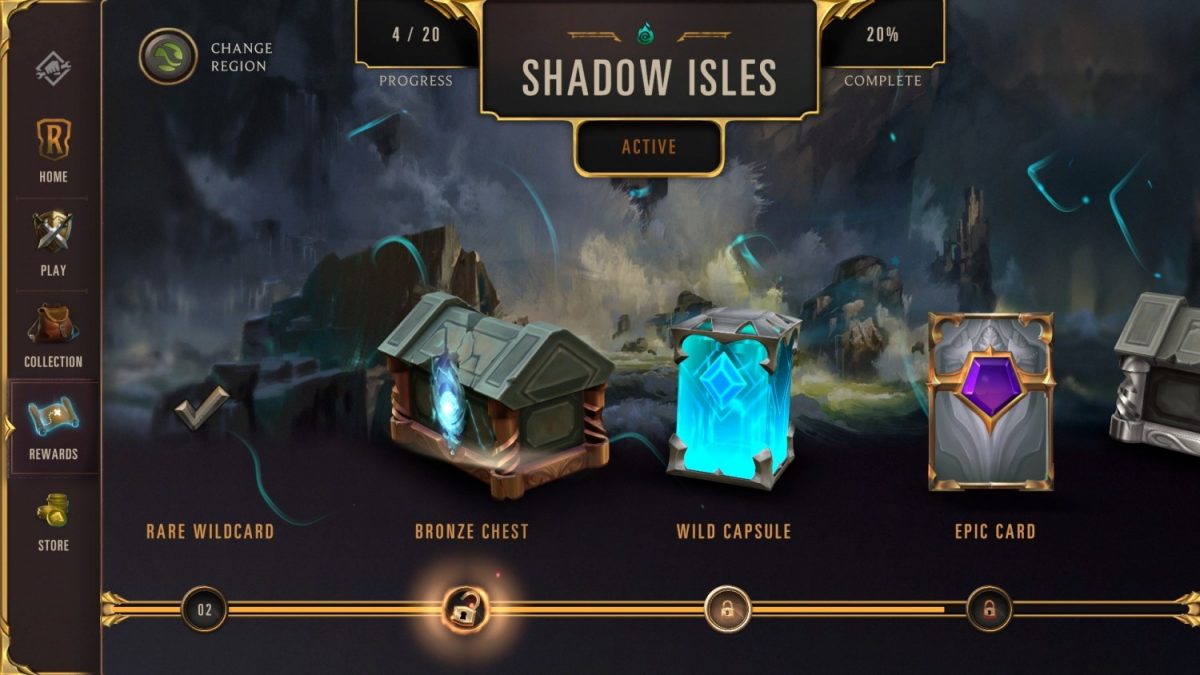
Each level grants you a new unlock, which typically features cards of various rarities (guaranteed at least one of each rarity, depending on how big the rewards in question are). Level an area past 10, and you’re even guaranteed a new Champion Card, which you can start building a deck around.
You’ll still get the occasional Wildcard as a reward, so you’re still guaranteed a card that you want in the end. It’s a slow and steady process, but it certainly is more rewarding than having to grind for levels and then get a random pack that will typically end in a sigh of disappointment.
Cross-Platform Available At Launch
Finally, Legends of Runeterra will be playable across PC, iOS and Android at launch. This is huge, as it means that you can immediately get in on the action with friends on any of the aforementioned devices.
More often than not such titles incremental platform rollout but Riot had no issues this time. The bigger the audience pool, the more players right from the start.
So far, Legends of Runeterra is shaping up to be a serious contender for king of digital card games. While its general user-friendliness can still be refined further, it has a lot of charm and personality, sometimes even more so than the likes of Hearthstone and Gwent: The Witcher Card Game. But what truly sets it apart from its peers is the fact that microtransactions are much more meaningful, so every cent you decide to put into this game isn’t wasted. It’s great business on both the player and the devs.
In any case, this card game should feel right at home for veterans of the genre, and be easy enough to pick up for newcomers.
Legends of Runeterra is slated to launch sometime in 2020. Pre-registration on the Google Play store is now available.
Marion has a serious RPG addiction. Sometimes it bleeds into real life; he forgets to sleep because he thinks he has a Witcher’s body clock. Forgive him in advance if he suddenly blurts out terms such as “Mind Flayer” and “Magic Missile”, because never once does he stop thinking about his next Dungeons & Dragons game.

